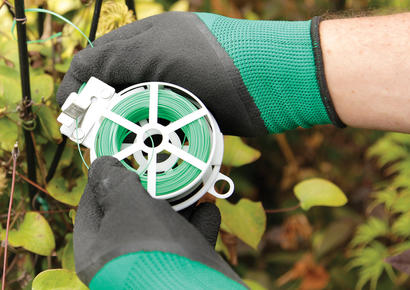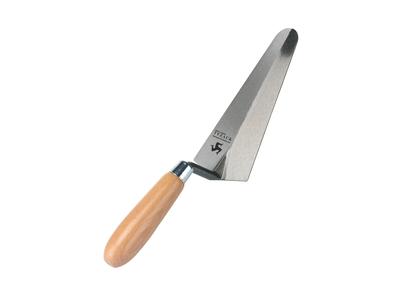
Slugs and Snails
There is no bigger cause of gardener frustration than slugs and snails. A hundred and one obscure remedies do the rounds, but which approaches really work?
Avoiding the problem is by far the easiest approach in the long term. By this, I mean stick to growing plants that slugs and snails just don’t go for. Forget about hostas, delphiniums, dahlias, and sweet peas, and in the vegetable garden avoid peas, beans, lettuce, celery and potatoes. Yes, it is possible to have a beautiful and productive garden without any of these. But what’s a cut flower patch without dahlias, and it’s some sad allotment that never has beans or lettuce.
If you do want to control slug and snail populations, let wildlife do the hard work for you. Slugs and snails are eaten by hedgehogs, toads, frogs, slow-worms, ground beetles and some birds. By planting a few trees and shrubs that provide food and shelter for birds, creating a wildlife pond, leaving log piles and wilder areas, you can provide habitat for wildlife that will help keep the slugs and snails in check.
Making slug and snail ‘barriers’ around vulnerable plants is one approach some gardeners swear by. Crushed eggshells, pine bark mulch, copper tape, sharp horticultural grit and wood pellets are used by some. However, a study by the Royal Horticultural Society a few years back found these to be no better than leaving plants to fend for themselves. There is some evidence supporting the use of copper bands, but only as a mild deterrent. Making a simple garlic spray by boiling cloves of garlic in water and using the solution in a spray bottle makes for a very effective deterrent spray, if used regularly.
Using beer-traps, or going out late at night with a torch to catch them while active is another approach. Personally, I can think of much better things to do with beer, and nicer ways to spend my evenings. Each to their own.
If you do choose to use pellets, metaldehyde pellets are on the brink of a ban and their threat to wildlife is well documented. Ferric Phosphate pellets are a much better option, very effective even when used sparingly, and are organic approved. If you have a particular fondness for something like hostas, look into using nematodes, but these are a bit expensive for most amateur gardeners.
Spring is the time to be alert, when slugs and snails cause most damage to seedlings, and the spring shoots of herbaceous plants. Slug-susceptible annuals such as vegetables and bedding plants, can be started under glass, potted up and then planted out when they are sturdy and able to grow through any damage. Plant out a few extra in case of losses. A similar approach also works for most damage-prone herbaceous perennials; if you can keep the slugs and snails off in spring for the first few years, once they become well-established clumps they tend to push on through any damage.
Good luck!




